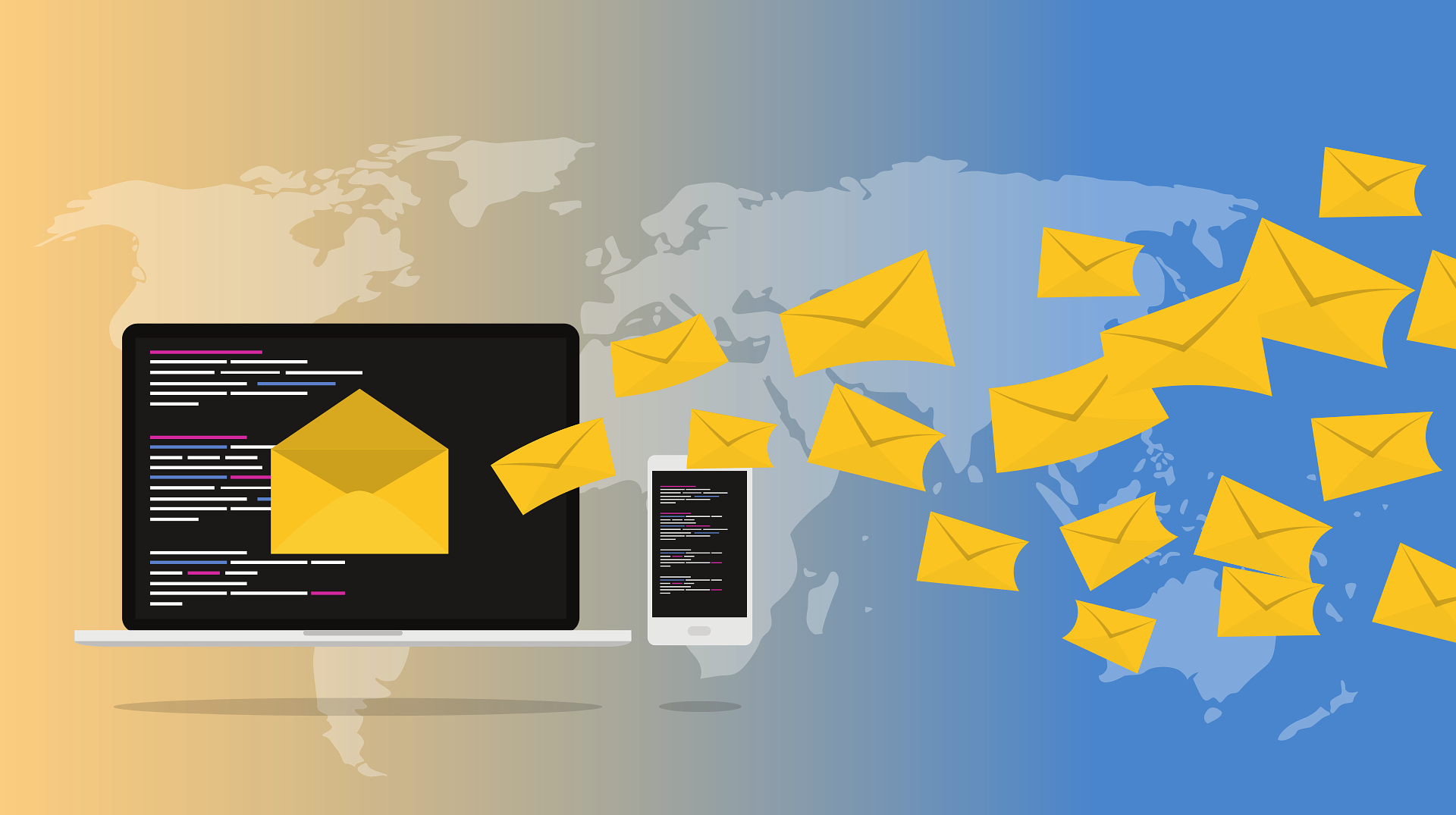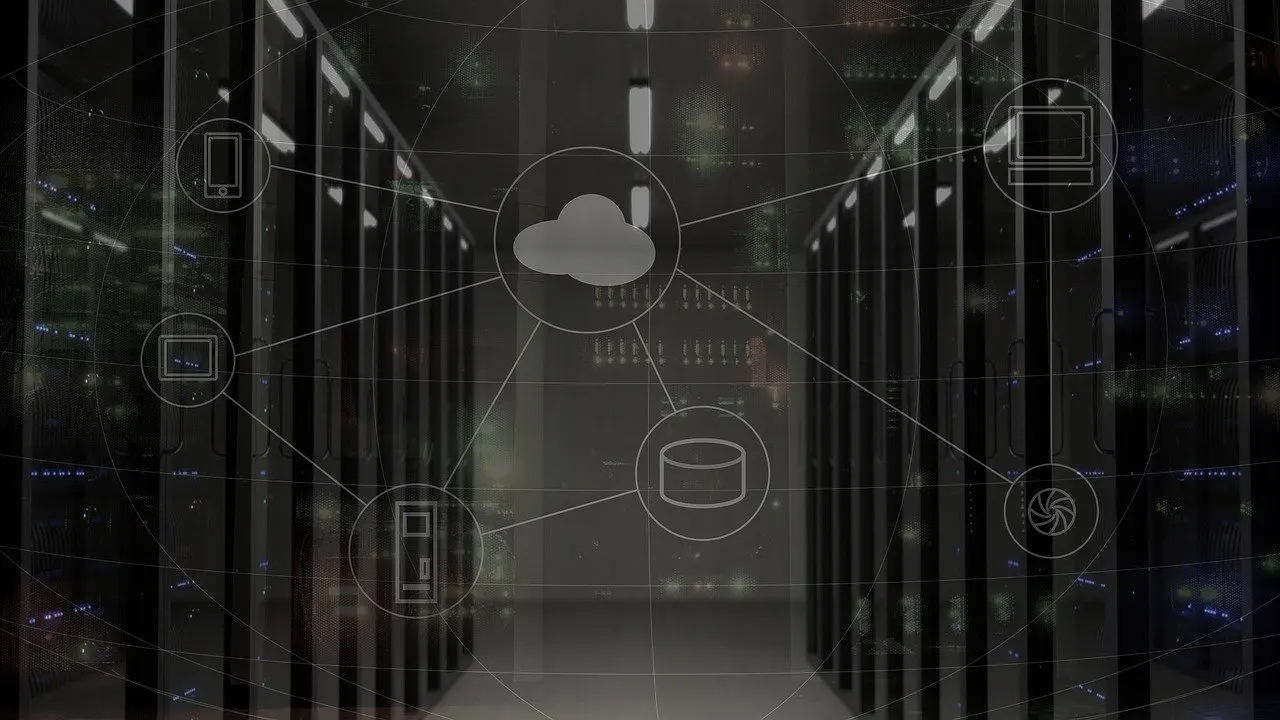As a small, medium, or large-sized enterprise owner, you understand the critical role that data plays in driving your business forward. However, the quality of your data is just as important as the quantity. Enter data integrity—the foundation of reliable and trustworthy information. Data integrity ensures that your data is accurate, consistent, and complete, enabling you to make informed decisions that can propel your business to new heights. In this article, we will delve into the world of data integrity, exploring its impact on decision-making, customer trust, and overall business success.
What is Data Integrity?
Data integrity refers to the accuracy, consistency, and reliability of data throughout its lifecycle. It ensures that data remains intact and unaltered, maintaining its quality and trustworthiness. Data integrity is not just about the quantity of data, but rather the assurance that the data is correct, complete, and free from errors or inconsistencies. It involves implementing measures to prevent unauthorized modifications, ensuring data is protected from corruption or loss. By upholding data integrity, businesses can rely on accurate information for decision-making, build trust with customers, and maintain the overall integrity of their operations.
Why is Data Integrity Important?
Data integrity is of utmost importance for businesses as it ensures the reliability and trustworthiness of their data. Accurate and consistent data is essential for making informed decisions, identifying trends, and understanding customer behavior. Data integrity also plays a crucial role in maintaining customer trust, as it ensures that their personal information is secure and protected. Moreover, data integrity helps businesses comply with regulatory requirements and avoid costly errors or legal consequences. By prioritizing data integrity, businesses can enhance their decision-making processes, foster customer confidence, and establish a solid foundation for long-term success.
How Can Data Integrity Be Ensured in a Database?
To ensure data integrity in a database, the following measures can be implemented:
- Define and enforce data validation rules: Establish specific rules and constraints for data entry to ensure that only valid and accurate information is stored in the database.
- Implement data normalization: Organize data into logical tables and eliminate data redundancy to minimize the risk of inconsistencies and anomalies.
- Use primary and foreign keys: Utilize primary keys to uniquely identify each record in a table and foreign keys to establish relationships between tables, ensuring data consistency and integrity.
- Implement referential integrity constraints: Enforce referential integrity by defining relationships between tables and setting rules that prevent the creation of orphaned or inconsistent data.
- Perform regular backups and data validation: Regularly back up the database and validate the integrity of the backup files to ensure that data can be restored accurately in case of any issues.
- Implement access controls and user permissions: Restrict access to the database and assign appropriate user permissions to prevent unauthorized modifications or deletions of data.
- Implement data encryption: Use encryption techniques to protect sensitive data from unauthorized access or tampering.
- Implement data auditing and logging: Keep track of changes made to the database by implementing auditing and logging mechanisms, allowing for the identification and resolution of any data integrity issues.
- Regularly monitor and maintain the database: Conduct routine checks, updates, and maintenance tasks to identify and resolve any data integrity issues promptly.
By implementing these measures, businesses can ensure the integrity of their data, maintain its accuracy and consistency, and minimize the risk of data corruption or loss.
What are Some Common Threats to Data Integrity?
Digital Information
- Data Corruption: Accidental or intentional changes to data that result in its loss, alteration, or inaccuracy.
- Data Breaches: Unauthorized access to data, leading to potential manipulation or theft of information.
- Design Flaws: Poorly designed data structures or databases that can introduce vulnerabilities and compromise data integrity.
Storage
- Hardware Failures: Malfunctioning or damaged storage devices that can lead to data loss or corruption.
- Software Bugs: Flaws or errors in software applications that can affect the integrity of stored data.
- Insufficient Backup and Recovery: Inadequate backup procedures or failure to regularly test data recovery processes, increasing the risk of data loss or corruption.
Time
- Data Decay: Gradual degradation or loss of data integrity over time due to factors like outdated formats, technology, or compatibility issues.
- Data Staleness: Data becoming outdated or irrelevant, impacting its accuracy and usefulness.
- Lack of Data Archiving: Failure to properly archive and preserve historical data, leading to potential data integrity issues.
Protection
- Unauthorized Access: Breaches in security measures that allow unauthorized individuals to modify or tamper with data.
- Malware and Hacking: Attacks by malicious software or hackers that can compromise data integrity.
- Insufficient Data Security Measures: Weak passwords, lack of encryption, or inadequate access controls that make data vulnerable to unauthorized modifications or access.
Processing
- Human Error: Mistakes made during data entry, processing, or manipulation that introduce inaccuracies or inconsistencies.
- Software Glitches: Errors or bugs in data processing systems that can lead to incorrect data output.
- Inadequate Data Validation: Insufficient validation checks during data processing, allowing for the entry of invalid or inconsistent data.
Completeness
- Data Loss: Accidental deletion or loss of data, resulting in incomplete records or datasets.
- Data Duplication: Replication of data without proper synchronization, leading to inconsistencies and duplication errors.
- Incomplete Data Entry: Failure to capture all required data fields, resulting in incomplete or missing information.
Validity
- Data Manipulation: Intentional alteration or falsification of data to misrepresent information or deceive users.
- Data Inconsistencies: Inaccurate or conflicting data entries that compromise the validity and reliability of information.
- Lack of Data Quality Control: Absence of processes or checks to ensure the accuracy and validity of data before it enters the system.
By being aware of these common threats to data integrity, businesses can implement appropriate security measures, robust data management practices, and thorough testing procedures to protect their data and maintain its integrity.
What are Some Common Techniques Used to Detect and Prevent Data Integrity Violations?
Data Validation
This technique involves implementing rigorous checks and validation processes to ensure that the incoming data conforms to predefined rules and standards. It helps identify any anomalies or inconsistencies in the data, such as missing values, incorrect formats, or invalid entries.
Checksums and Hash Functions
Checksums and hash functions generate unique identifiers based on the content of a file or data set. By comparing these identifiers before and after data transmission or storage, organizations can detect any changes in the data, ensuring its integrity. Even a minor alteration will result in a completely different checksum or hash value.
Cyclic Redundancy Checks (CRC)
CRC is a method of error detection widely used in network communication and storage systems. It involves generating a checksum by dividing the data into fixed-size blocks and performing mathematical operations on these blocks. The checksum is then compared with the received data to detect any errors or alterations during transmission or storage.
Digital Signatures
Digital signatures use cryptographic algorithms to provide data integrity and authenticity. They involve the use of a private key to sign the data, creating a unique digital signature. This signature is then verified using a corresponding public key, ensuring that the data remains intact and unaltered.
Backup and Recovery Strategies
Regular data backups, both onsite and offsite, are essential for maintaining data integrity. Backup strategies, such as incremental or differential backups, allow organizations to restore data to a previously known state in case of corruption, accidental deletion, or other integrity violations. This ensures that reliable, uncorrupted data can always be retrieved.
Access Controls and Permissions
Strict access controls and permission settings play a vital role in preventing data integrity violations. By limiting access to authorized users and implementing role-based access controls, organizations can reduce the risk of unauthorized modifications to critical data.
How Does Cybersecurity Relate to Data Integrity?
Cybersecurity and data integrity are closely intertwined. Cybersecurity measures are implemented to protect data from unauthorized access, manipulation, or destruction, thereby safeguarding its integrity. A robust cybersecurity framework includes various practices such as encryption, access controls, firewalls, and intrusion detection systems, all of which contribute to maintaining the accuracy, consistency, and reliability of data. By preventing cyber threats such as data breaches, malware attacks, or unauthorized modifications, cybersecurity measures play a vital role in upholding data integrity. Without effective cybersecurity measures in place, data integrity is at risk, potentially leading to compromised information, loss of customer trust, and negative impacts on decision-making processes.
Conclusion
In conclusion, data integrity is a critical aspect of managing and leveraging data effectively in today’s business landscape. By ensuring the accuracy, consistency, and reliability of data, businesses can make informed decisions, build trust with customers, and maintain the overall integrity of their operations. However, data integrity is not without its challenges, as various threats such as data breaches, storage issues, human error, and time-related factors can compromise the integrity of data. Therefore, implementing robust measures such as data validation, access controls, backups, and cybersecurity practices is essential to safeguard data integrity. By prioritizing data integrity and implementing the necessary safeguards, businesses can harness the power of their data, drive success, and stay ahead in a data-driven world.
Final Thoughts
Secure your business with confidence by partnering with Buzz Cybersecurity, the premier provider of comprehensive security solutions. Our comprehensive range of services, including managed IT services, cloud solutions, disaster recovery, and ransomware protection, is designed to cater to the unique needs of businesses. With our unwavering commitment to excellence, we offer robust protection against evolving cyber threats. Join the growing community of businesses in neighboring states who rely on Buzz Cybersecurity for their security needs and gain unmatched peace of mind knowing that your organization is safeguarded by industry-leading experts.
Sources
- https://termly.io/resources/articles/why-is-data-privacy-important/
- https://www.ibm.com/topics/encryption
- https://trailhead.salesforce.com/trailblazer-community/feed/0D54V00007T4TelSAF
- https://www.solidsystems.co.za/blog/7-data-integrity-threats-to-be-aware-of/
- https://en.wikipedia.org/wiki/Cyclic_redundancy_check
- https://artlogo.co/products/free-online-signature-generator
- https://www.glasscubes.com/data-backup-and-recovery-strategies/
- https://security.stackexchange.com/questions/194600/checksum-vs-hash-differences-and-similarities
Photo by Christina Morillo: https://www.pexels.com/photo/engineer-holding-laptop-1181316/




